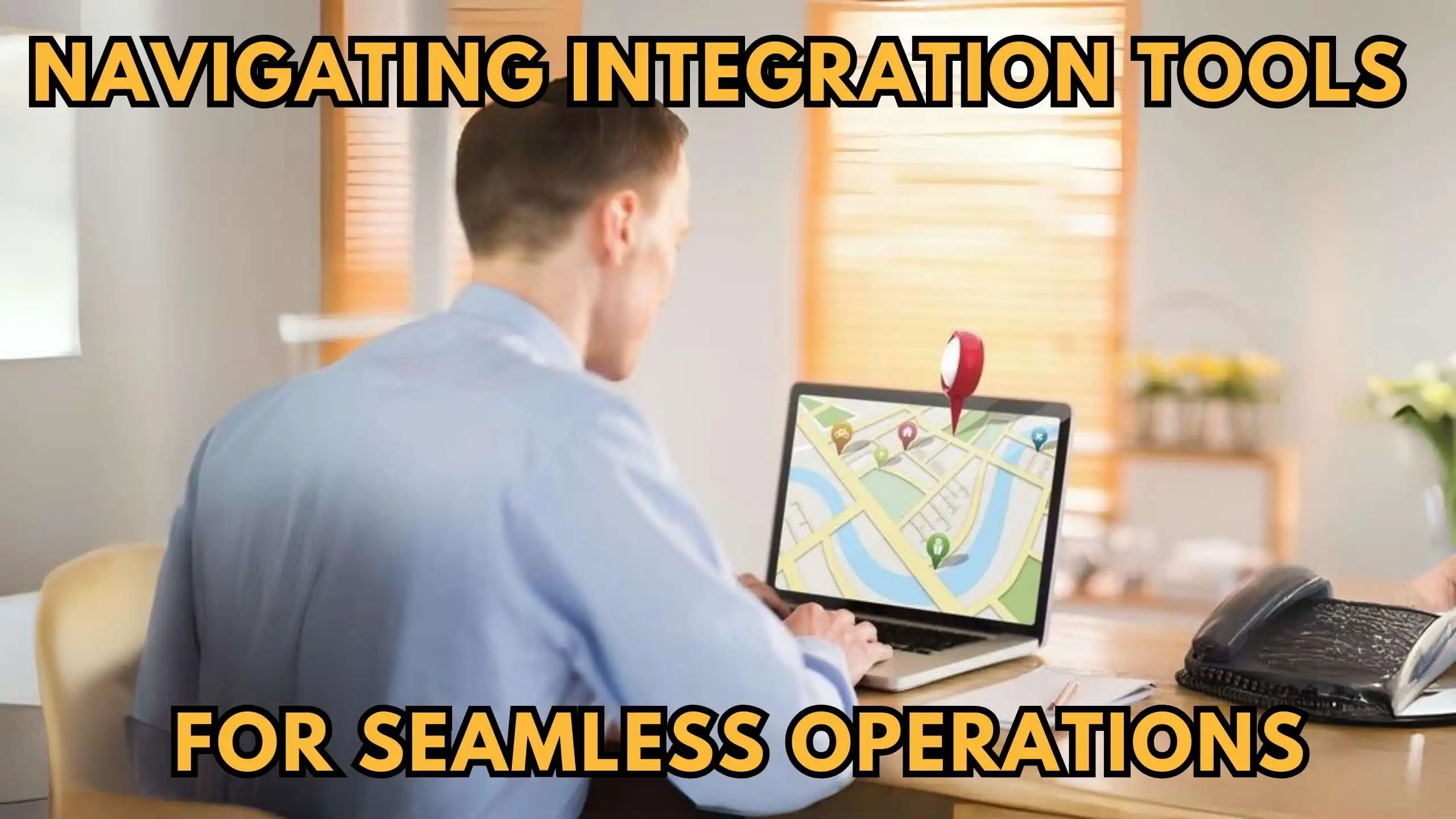Navigating Integration Tools for Seamless Operations
-


Navigating Integration Tools for Seamless Operations
In the rapidly evolving landscape of technology, the effective integration of software tools has become the linchpin for organizations aiming to achieve seamless operations and stay ahead of the competition. Explore integration tools, uncovering their significance, core features, and the key players transforming the business ecosystem in this comprehensive blog.
Understanding Integration Tools
Integration tools act as the silent architects behind the scenes, orchestrating the harmonious collaboration of different software applications. They play a pivotal role in breaking down data silos, streamlining complex workflows, and ultimately enhancing overall productivity within an organization. The transformative power of integration tools lies in their ability to facilitate real-time communication between disparate systems, ensuring that data flows seamlessly across the entire software stack.
Top Integration Tools Revolutionizing Businesses
Now, let’s explore some of the leading integration tools that are reshaping the way businesses operate, offering advanced features and unparalleled connectivity.
1. Zapier
Zapier stands out as a versatile and user-friendly integration platform, allowing users to connect and automate workflows across thousands of applications. Its intuitive interface makes it accessible to users with varying levels of technical expertise.
2. MuleSoft
MuleSoft takes integration to a sophisticated level by providing a comprehensive platform that connects applications, data, and devices across both on-premises and cloud environments. Its API-led approach ensures a scalable and future-proof integration strategy.
3. Tray.io
Tray.io specializes in data integration, offering a flexible platform that allows organizations to create automated workflows that can adapt to changing business requirements. Its emphasis on simplicity and power makes it a valuable asset for businesses seeking agile integration solutions.
4. Workato
Workato positions itself at the intersection of integration and automation, providing a unified platform that connects applications, automates workflows, and drives real-time outcomes. Its recipe-based approach simplifies complex integrations, making it accessible to a broad range of users.
Conclusion
In conclusion, the landscape of modern business is characterized by the need for effective integration tools. These tools not only bridge the gap between disparate applications but also lay the foundation for a more agile, responsive, and future-ready organization. As businesses continue to evolve, embracing integration tools becomes imperative to stay competitive in a technology-driven world.
Ready to Streamline Your Stack? Explore Exclusive Deals on Subscribed.fyi:
Unlock free member-only deals and savings on 100+ SaaS tools with Subscribed.fyi Deals. Your gateway to managing subscriptions, comparing tools, and making informed decisions.
Relevant Links:











